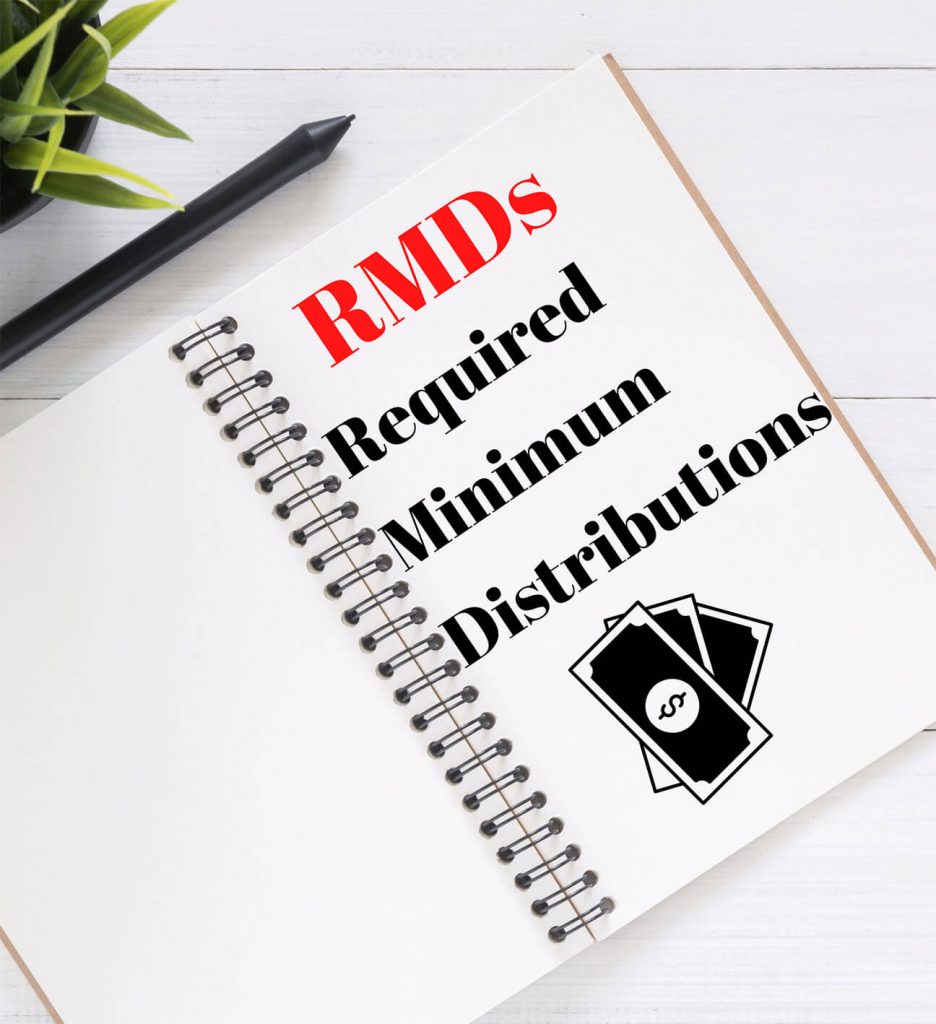What is an RMD (Required Minimum Distribution)?
An RMD is the minimum amount that must be withdrawn from a qualified retirement account each year. The RMD rules include profit-sharing plans, 401(k) plans, 403(b) plans, and 457(b) plans. They also apply to traditional IRAs, SEPs, SARSEPs, and simple IRAs. Lastly, the rules apply to Roth 401(k) accounts. However, the rules do not apply to Roth IRAs while the owner is alive.
When are you subject to RMDs?
The owners of the retirement account(s) are subject to RMDs beginning in the year in which they turn age 72. You can delay only your first RMD until April 1st of the year following the year you reach age 72. Be aware, if you delay your first RMD you will be subject to two distributions within the next year. All distributions must be made by December 31st of each year for which they are being taken going forward.
Determine your distribution amount
Your distribution amount is based upon your retirement plan balance(s) as of December 31st of the prior year divided by your life expectancy. All RMDs are subject to ordinary income taxation.
Please be sure to complete this process sooner than later as custodians and other brokerage firms get severely backed up at year-end. You do not want to pay a big penalty on a missed distribution that was not processed on time!

